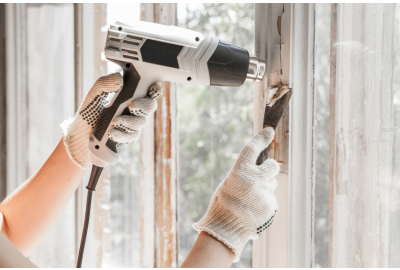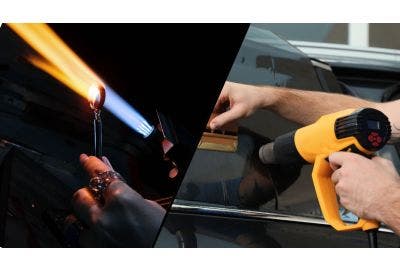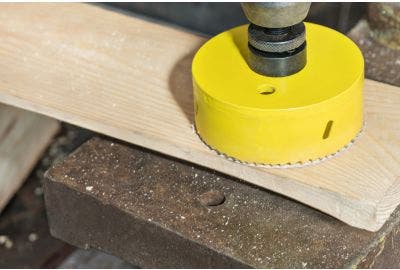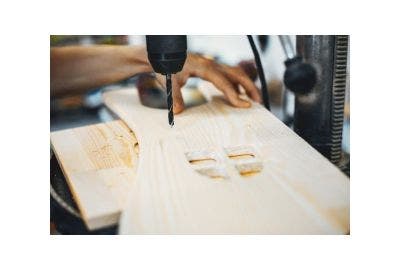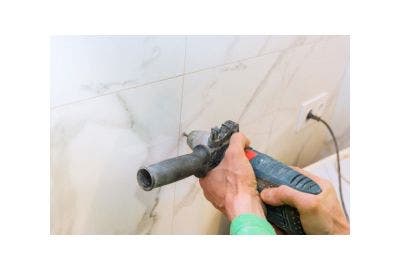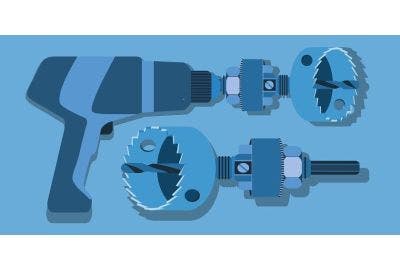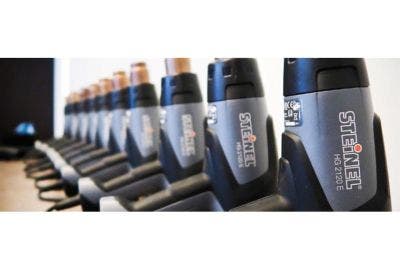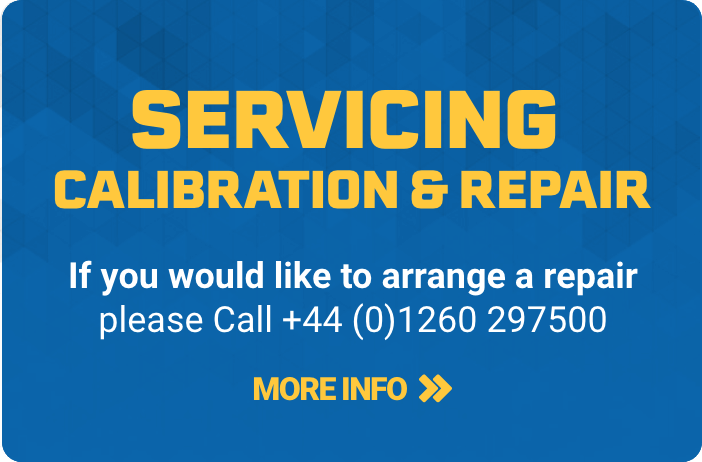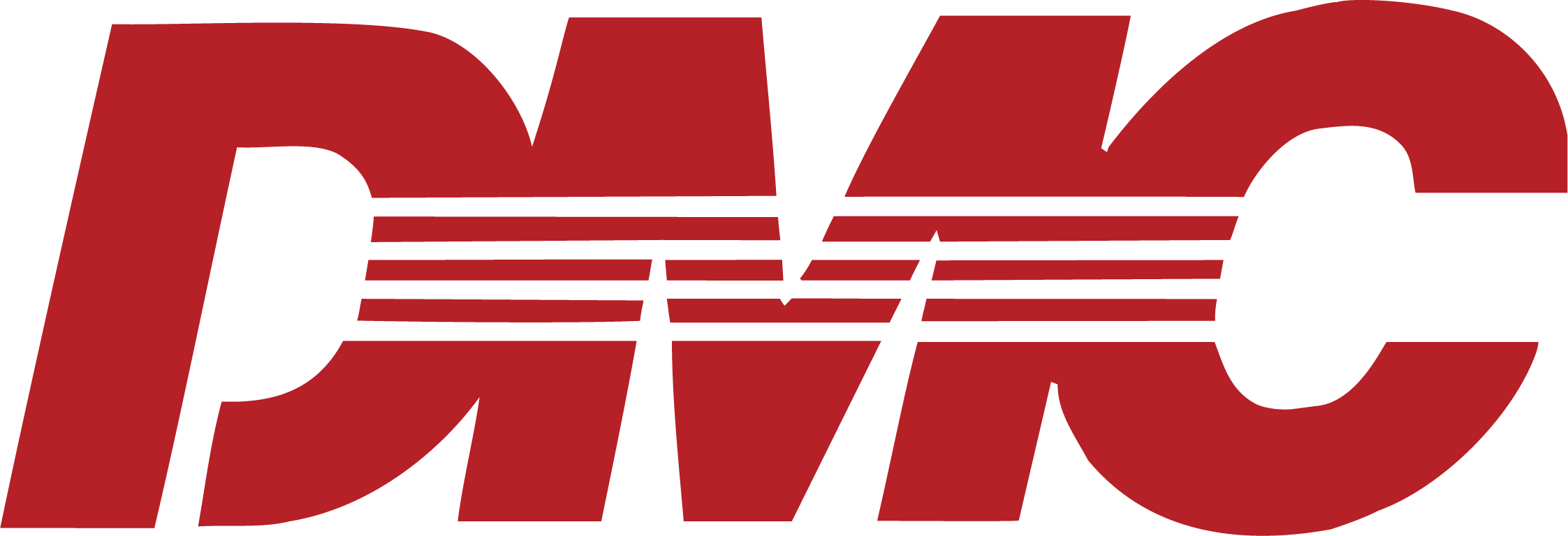Heat guns are a versatile tool used in various DIY projects and professional tasks, from stripping paint to loosening rusted bolts.
However, like any powerful tool, it can be hazardous if not used correctly. Whether you're a seasoned professional or a DIY enthusiast, understanding heat gun safety is needed to prevent accidents and provide effective results.
We’ll look at the top five safety tips for using a heat gun, and that you get the most out of your tool while staying safe.
Tip 1: Use the Right Heat Gun for Your Project
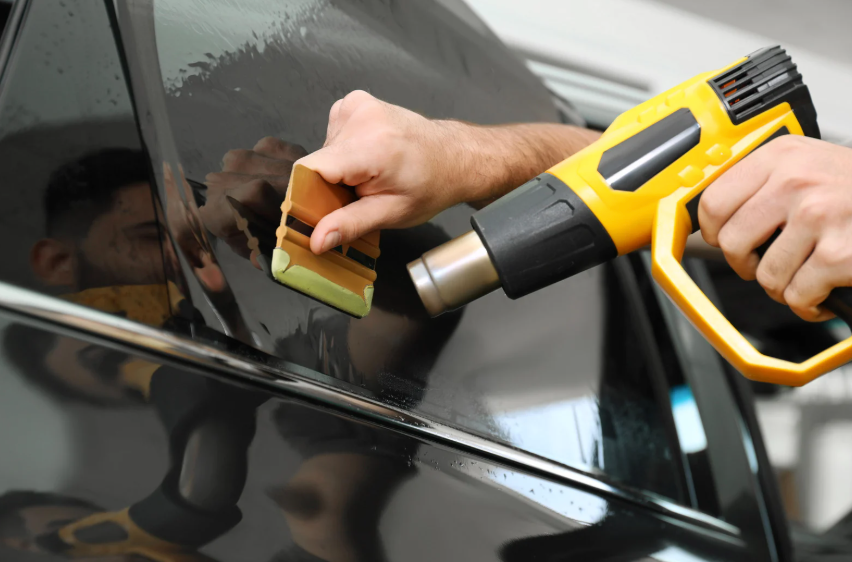
One of the most important aspects of heat gun safety is choosing the correct tool for the job. There are various types of heat guns available, ranging from basic models for DIY enthusiasts to more powerful industrial-grade tools. Each heat gun type is designed for specific tasks, and selecting the right one provides both safety and efficiency.
For lighter tasks like removing stickers or thawing pipes, a basic heat gun with adjustable temperature settings is usually sufficient. However, for more demanding jobs, such as stripping paint or bending plastic, an industrial heat gun with higher heat output is necessary. Always check the temperature settings before starting a project, and adjust them according to the material you’re working with.
Using the right heat gun for your project not only improves the quality of your work but also reduces the risk of accidents caused by overheating or underestimating the tool’s power.
Tip 2: Wear Appropriate Safety Gear
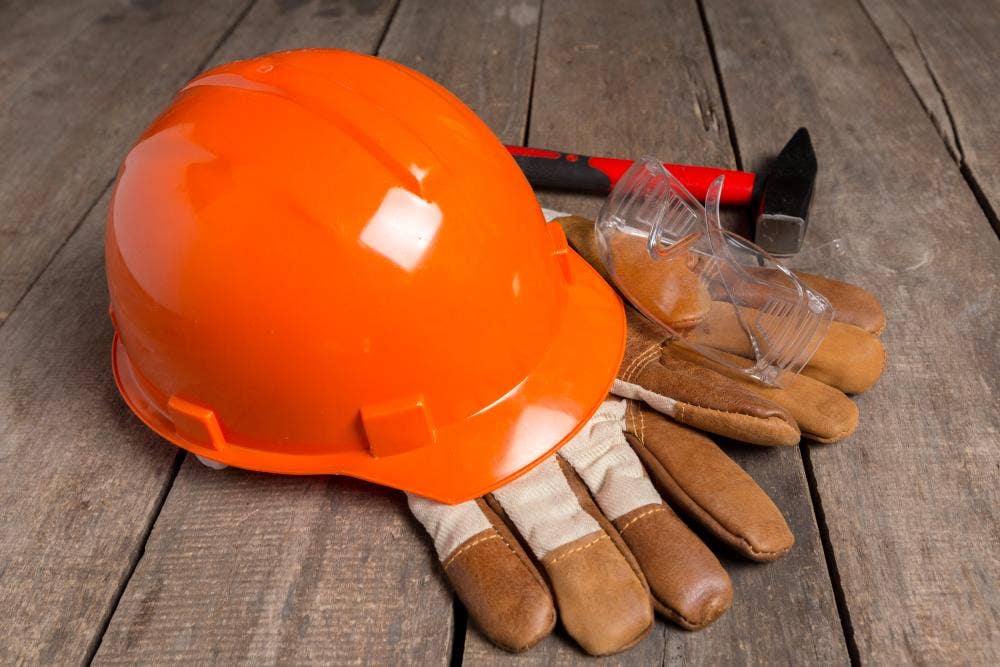
When working with a heat gun, personal safety should be a top priority. The high temperatures generated by heat guns can cause serious burns and debris from heated materials can pose a risk to your eyes. Wearing the right safety gear is essential to protect yourself from these hazards.
Start with a good pair of heat-resistant gloves to shield your hands from accidental contact with the hot nozzle or heated surfaces. Eye protection is equally needed, as small particles can become airborne during tasks like paint stripping. Additionally, consider wearing long sleeves and non-flammable clothing to minimise the risk of burns from hot air or flying debris. For those using a heat gun over extended periods, ear protection can also help reduce the impact of prolonged noise exposure.
By making sure you are properly equipped, you significantly lower the risk of injury and can focus on completing your project safely.
Tip 3: Keep the Work Area Well-Ventilated

Good ventilation is needed when using a heat gun, especially when working with materials that can release harmful fumes. Many tasks, such as paint removal or plastic welding, can produce toxic gases when heated. Without proper airflow, these fumes can accumulate, posing serious health risks.
To provide a safe working environment, always use a heat gun in a well-ventilated area. If you're indoors, open windows and doors to allow fresh air to circulate, or use fans to help disperse fumes. It's also a good idea to position the heat gun in a way that directs hot air and any released vapours away from you.
For confined spaces where ventilation is limited, wearing a respirator may be necessary to protect your lungs from inhaling toxic substances.
By prioritising ventilation, you can avoid breathing in harmful fumes and maintain a healthier, safer workspace.
Tip 4: Maintain a Safe Distance from Combustibles
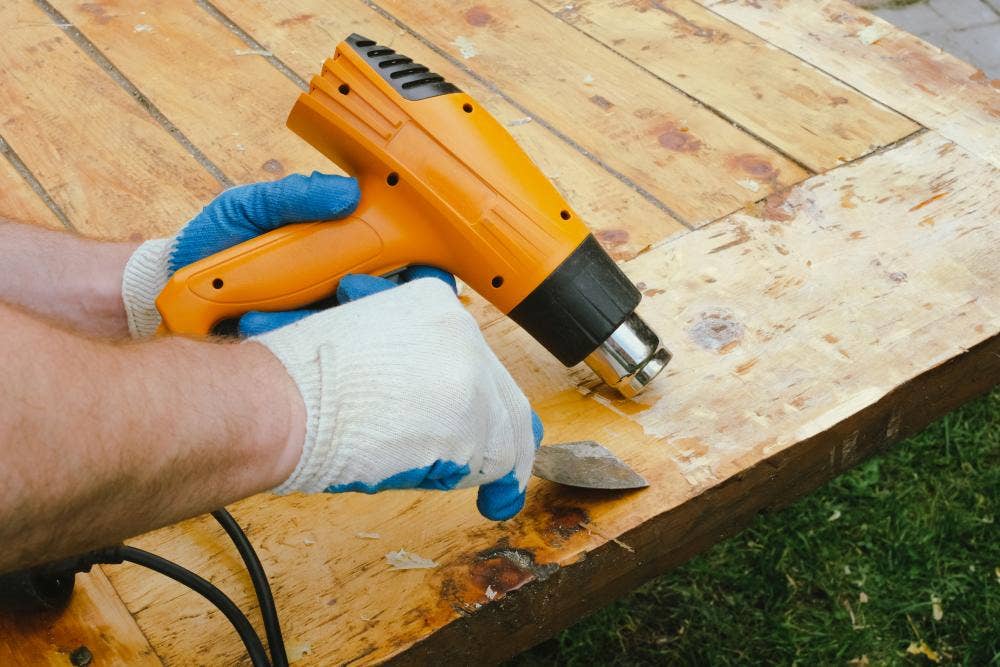
When using a heat gun, it's essential to keep a safe distance from combustible materials such as wood, paper, fabrics and certain chemicals. The high temperatures generated by heat guns can easily ignite these materials, creating a fire hazard if proper precautions are not taken.
Always position the heat gun at least several feet away from any combustible items. If you're working on a surface like a workbench, make sure it’s free of flammable objects. It's also advised to be mindful of the surrounding environment—avoid using a heat gun near flammable liquids or in areas where sparks could cause a fire. If you're working in an enclosed space, make sure you have a fire extinguisher readily accessible in case of emergencies.
By maintaining a safe distance from combustible materials and being aware of your surroundings, you can significantly reduce the risk of fires while using a heat gun.
Tip 5: Regularly Inspect and Maintain Your Heat Gun

Routine inspection and maintenance are essential parts of understanding how to use a heat gun safely. Over time, heat guns can experience wear and tear, especially if used frequently for demanding tasks. Faulty parts or a poorly maintained tool can lead to malfunctions, which may pose significant safety risks.
Before each use, check the power cord for any signs of damage, such as fraying or exposed wires, as this could result in electrical hazards. Inspect the nozzle for any blockages or build-up of debris, as this can affect airflow and potentially cause overheating. Cleaning the nozzle regularly will help keep the tool functioning efficiently. Additionally, you need to follow the manufacturer’s maintenance guidelines, which may include recommendations for cleaning and part replacement.
By taking the time to inspect and maintain your heat gun, you reduce the chances of accidents and make sure the tool operates smoothly for your projects.
Using a heat gun can be highly effective for various tasks, but it's advised to prioritise safety to avoid accidents. By following these five tips—choosing the right heat gun for your project, wearing appropriate safety gear, and good ventilation, maintaining a safe distance from combustible materials, and regularly inspecting your tool—you can provide a smooth and safe experience.
Remember, safety should always come first when working with high-temperature tools.
For those looking for additional tools or accessories, you can find a range of heat gun accessories to help with your projects.


